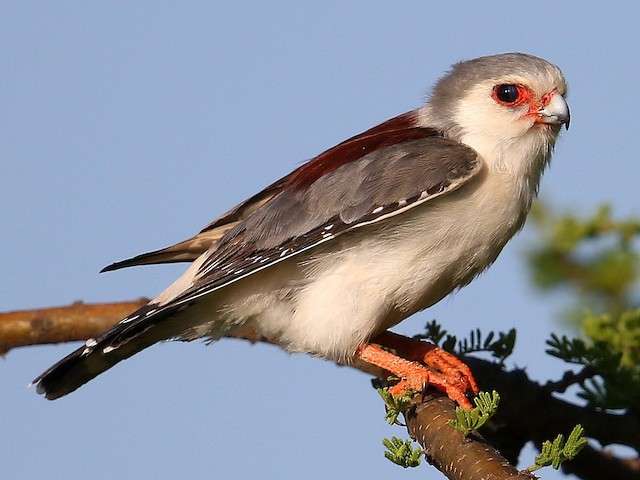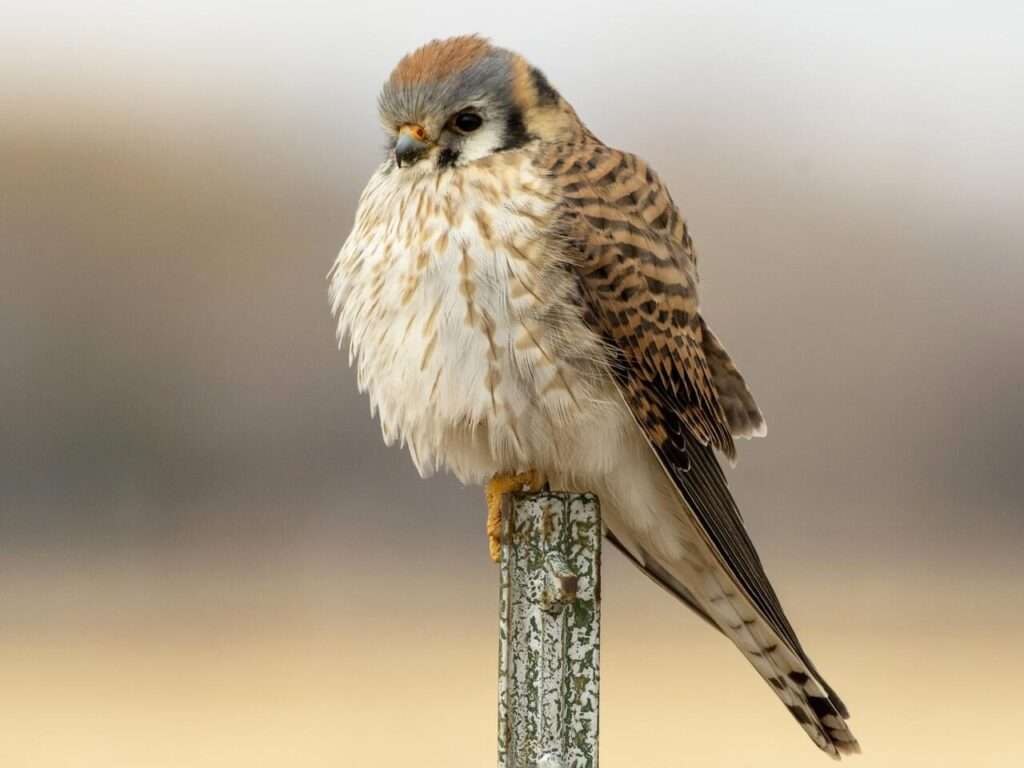
Description
Little burrowing owls have stunning yellow eyes and sand-colored plumage. They live in burrows that they have dug for themselves or that were once home to tortoises, prairie dogs, or ground squirrels. Their beaks can be either grey or bright yellow depending on the subspecies. They lack ear tufts and have a flat facial disc. The owls’ prominent white brows and white “chin” area extend and are displayed during specific behaviors, such as head bobbing when agitated. Adults have brown heads and wings with white markings. Compared to other owls, burrowing owls have grey, longer legs.
Males and females barely show sexual dimorphism because of their similar size and appearance. Males have longer linear measurements, although females are frequently heavier. Adult males spend more time outside throughout the day than females do, which causes their feathers to become “sun-bleached” and seem paler.
Native Region/Habitat
Burrowing owls can be found in the southern parts of western Canada, southern Mexico, and western Central America. They can also be found in Florida and on a few Caribbean islands. However, they are widely spread from southern Brazil to Tierra del Fuego and Patagonia. They are poorly populated in the Andes and the northwest of South America. Burrowing owl populations are year-round in most of their area. They live in deserts, grasslands, and other open spaces and are mostly insect and rodent predators.

Behavior
A burrowing owl’s food consists of large insects, fish, rodents, tiny birds, reptiles, and reptile eggs. In search of prey, they would attack from a perch or fly over the landscape. They could also catch flying insects. Burrowing owls frequently establish colonies of multiple breeding couples in one location and form enduring pair bonds. Before laying their eggs, Burrowing Owls cover the entrance to their homes with animal faeces in an effort to draw dung beetles and other insects. The owls then go after the insects to eat them.
As a pet/In captivity
Migratory bird species safeguard burrowing owls since they are a vulnerable bird species. The keeping of them as pets is prohibited. They won’t make suitable pets. Owls are nocturnal, which means they are up and active at night and hunt. Unlike other birds, owls make noise at night, especially during the breeding season. They will also require a steady supply of meat and a large room, both of which might be challenging to provide.
A variety of surfaces, such as pea gravel, soil, sand, and grass, would be needed for this species if an owner kept a burrowing owl in captivity. The owl’s feathers or the bird itself should be protected from damage as much as possible by the materials used to build the enclosure. Humans feed crickets, fuzzy mice, mice, and chicks to their burrowing owl pets.
Table





